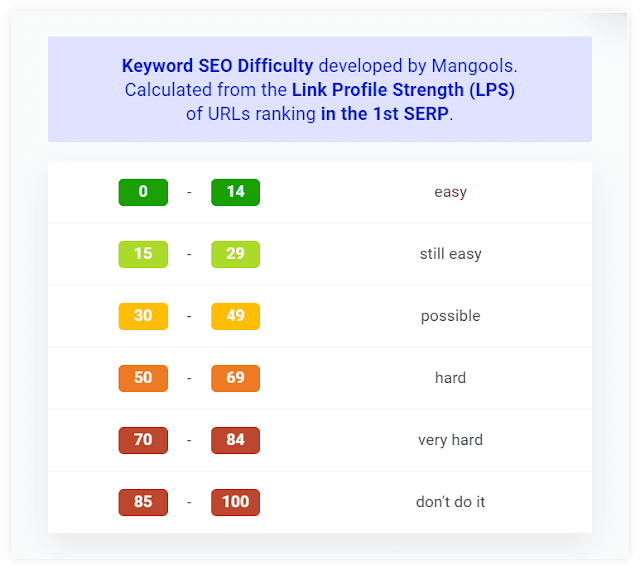In today's digital landscape, understanding your competitors' SEO strategies is crucial for staying ahead. This guide will walk you through the process of conducting effective competitor keyword research, helping you uncover valuable insights to boost your own SEO efforts.
1. Finding Competitors in Your Niche
Before diving into keyword research, you need to identify your top competitors. Here's how:
- Use Ahrefs' Site Explorer: Enter your domain and check the "Competing Domains" report.
- Google Search: Look for businesses ranking for your target keywords.
- Social Media: Identify brands with a strong presence in your industry.
2. Analyzing Competitor Backlinks
Backlinks are a crucial factor in SEO success. Here's how to analyze your competitors' backlink profiles:
- Use Ahrefs' Site Explorer: Enter a competitor's domain and navigate to the "Backlinks" report.
- Look for high-quality, relevant backlinks you can potentially replicate.
- Identify common linking patterns and opportunities for your own link-building strategy.
3. Examining Competitor Content
Content is king in SEO. Analyze your competitors' content to find gaps and opportunities:
- Use Ahrefs' Content Gap tool to find keywords your competitors rank for, but you don't.
- Examine the structure, length, and format of top-performing content.
- Look for topics you can cover more comprehensively or from a unique angle.
4. Understanding Domain Rating vs. Page Rating
When assessing competitors, it's important to understand two key metrics:
Domain Rating (DR)
This Ahrefs metric shows the overall strength of a website's backlink profile. A higher DR generally indicates a more authoritative site.
Page Rating (PR)
This metric reflects the strength of a specific page's backlink profile. It helps you understand why certain pages may outrank others.
While both are important, remember that a low DR site can still have high PR pages that perform well for specific keywords.
5. Decoding Keyword Difficulty
Keyword Difficulty (KD) is a crucial factor in your SEO strategy. Here's a simple breakdown:
- KD is typically scored from 0-100, with higher scores indicating more difficult keywords to rank for.
- Low KD (0-30): Generally easier to rank for, good for new sites or quick wins.
- Medium KD (31-70): Requires more effort but can be achievable with quality content and some backlinks.
- High KD (71-100): Very competitive, often requiring significant SEO efforts to rank.
6. Implementing Your Findings
Now that you've gathered insights, it's time to act:
- Create a list of target keywords based on your research.
- Develop a content strategy that addresses gaps in your competitors' coverage.
- Plan a link-building campaign focusing on high-quality, relevant backlinks.
- Regularly monitor your progress and adjust your strategy as needed.
Conclusion
Competitor keyword research is an ongoing process that can significantly improve your SEO performance. By understanding your competitors' strategies, you can make informed decisions about your own SEO efforts, ultimately driving more organic traffic to your site.
Remember, the key to success is not just copying your competitors but using their data to inform your unique approach. Stay consistent, keep learning, and watch your SEO results grow!




Comments
Post a Comment